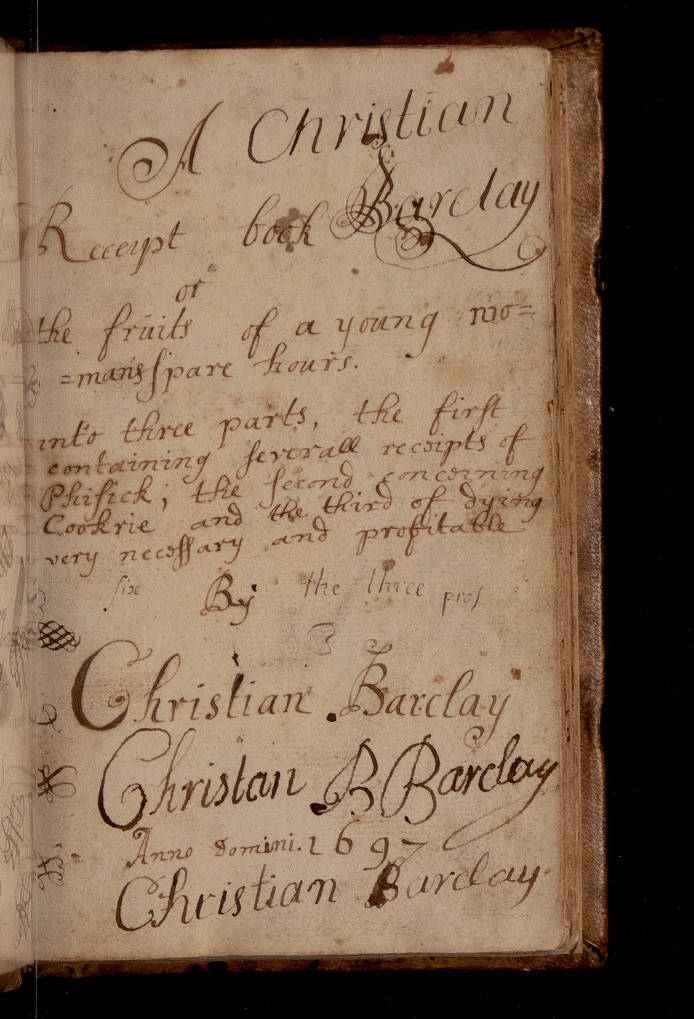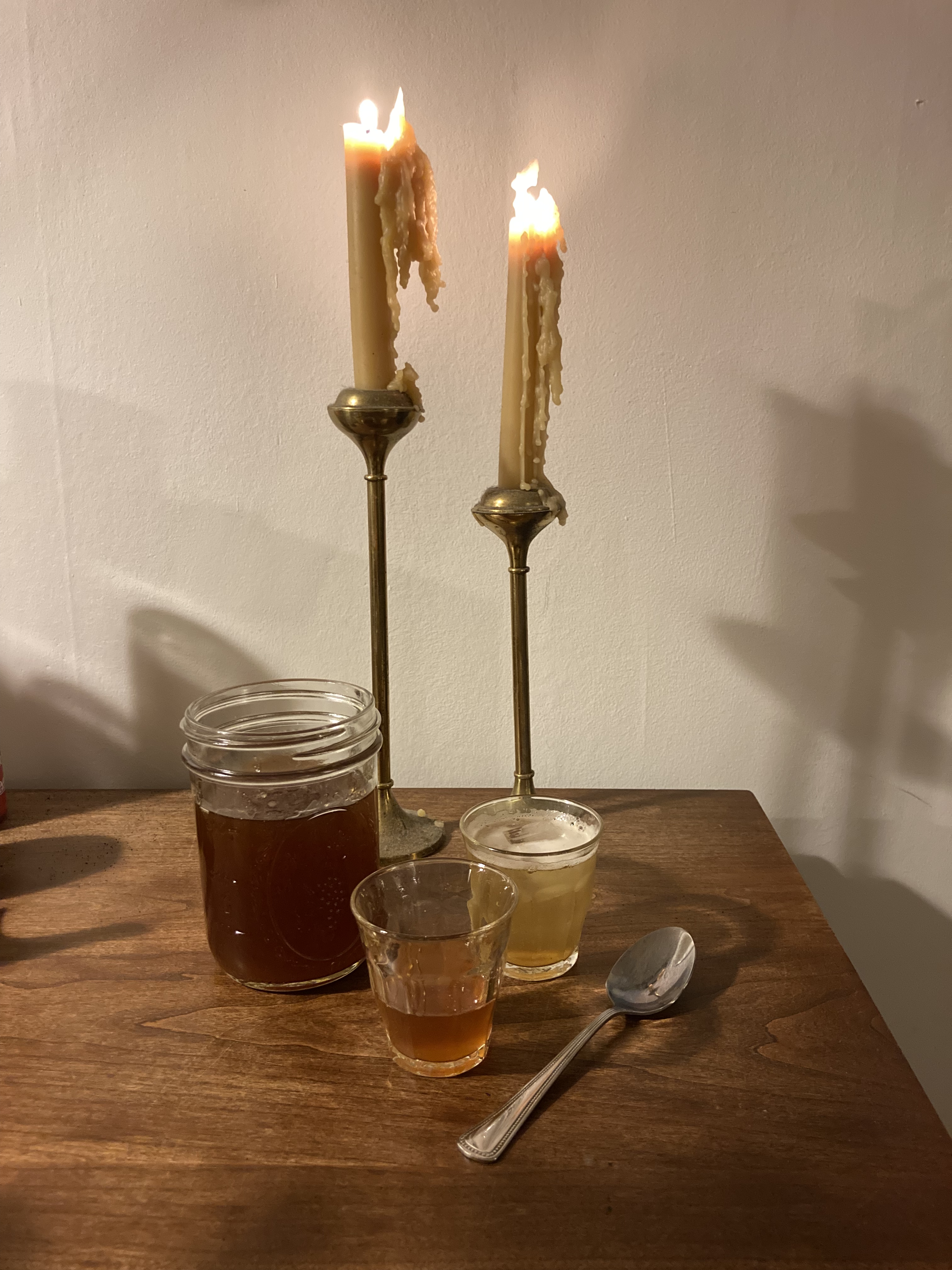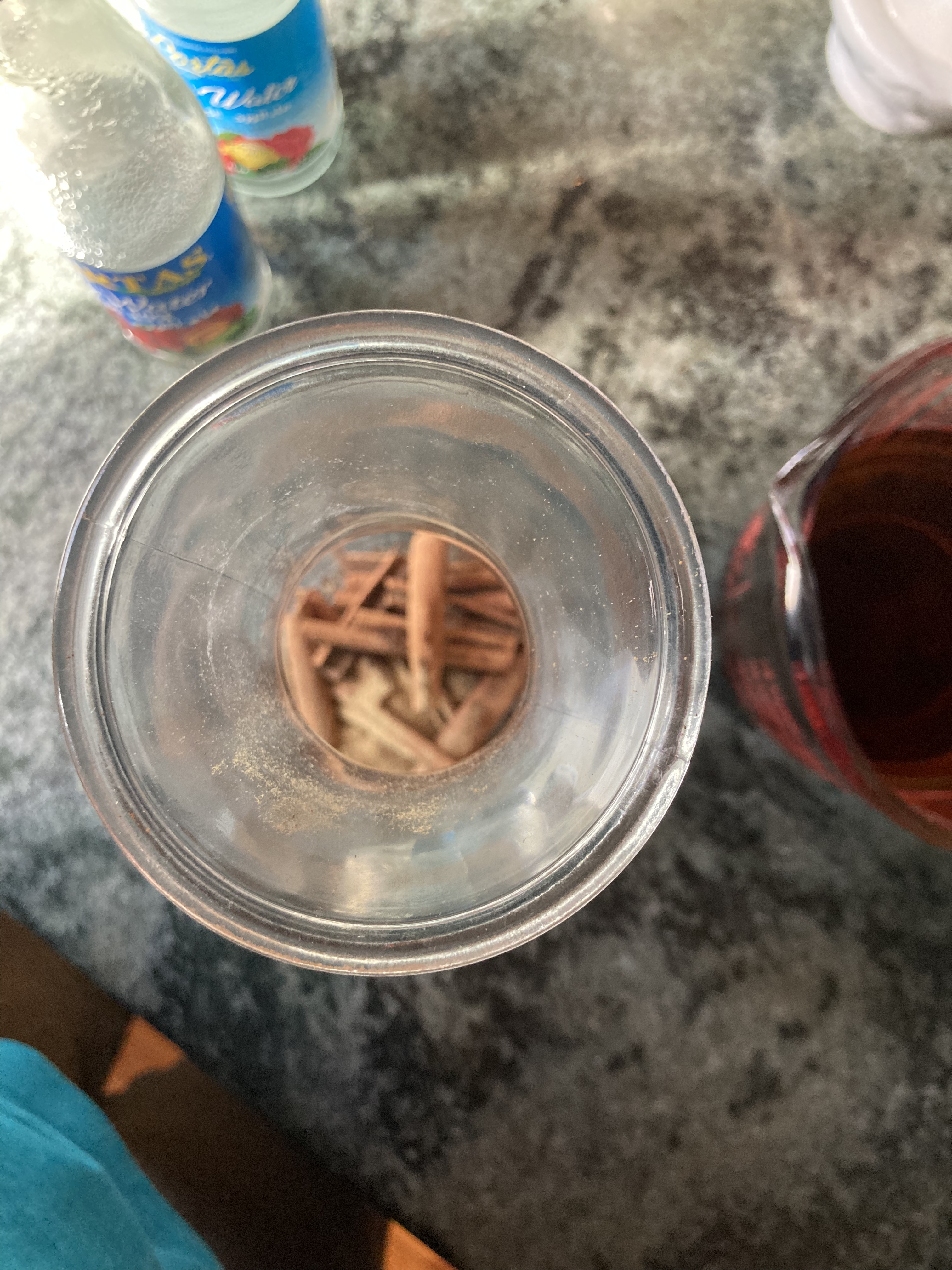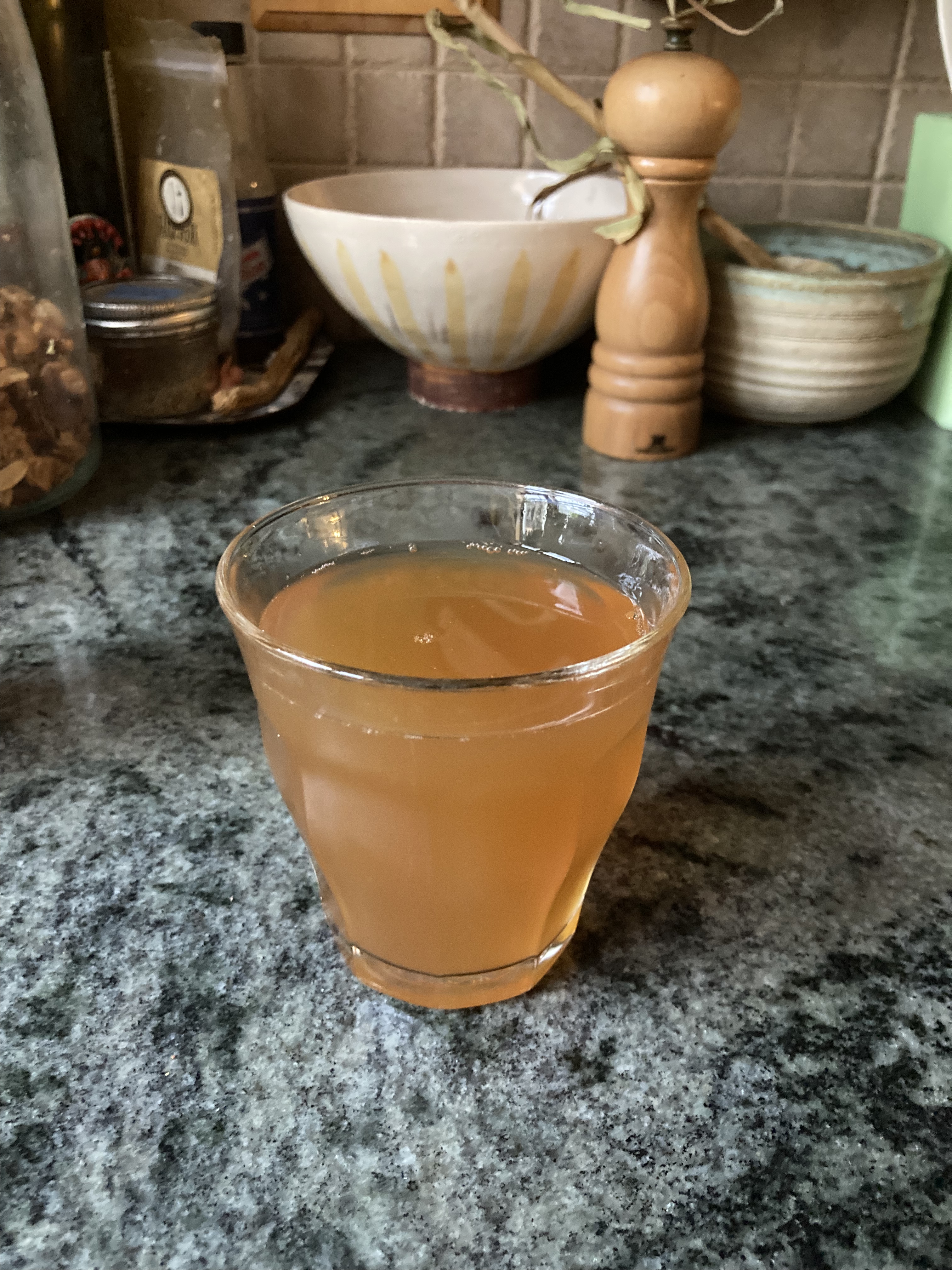Recently, I’ve been spending a lot of time (online) with Christian Barclay Jaffary’s manuscript recipe book. Now that the manuscript is fully digitized and available online from Penn State Libraries – Eberly Family Special Collections, I’m transcribing and researching the manuscript with undergraduate students and library colleagues. Naturally, I’ve started a running list of recipes that I’m excited to try. First up, a medicinal “Cinamon Watter” that serves as a delectable, autumnal cocktail ingredient.



Christian Barclay Jaffary was the daughter of Scottish Quaker leader Robert Barclay and Christian (née Millison). She started to compile this recipe book — as she sub-titled it “the fruits of a young wo- / man’s spare hours” — in 1697 and she married Alexander Jaffary in 1700. The recipe book is part of a larger collection of Barclay family papers at Penn State that includes letters between Robert Barclay and William Penn, information about land holdings in Pennsylvania, and genealogical studies of the Barclays of Ury.
The Recipe

(28)
Cinamon Watter
Take of clooes Ginger Cardamus Galanga[l]
pulvirised of each half a dram of choise
cinamon bruised in pices three ounces stee[p]
these in a Scotts pint of the best Brandy and
a mutskin of fragrant reed Rose watter f[or]
[the] Space of 7 hours in a clos stoped glass
veshell then filtre them and ad one pound
ane half of refined sugar mor or less as
you wold hav the sweetnes the powdar will
serv the 2d or 3d time to new brandy which
will equall any of yower 8 pound cinamon watt[er]
The recipe nicely reflects its composition, and perhaps use, at the family estate in Ury, Scotland. It calls for “a Scotts pint of the best Brandy” which is a volume of 1696 ml (3 imperial pints or approximately 3 1/2 US pints). The recipe also uses the measurement of “a mutskin” or “mutchkin” (1/4 of a Scots pint) for rosewater.


Although the cover of the manuscript includes the inscription “Manuscript / to make Medicine,” Barclay’s receipt book features extensive sections on medicine, cookery, and fabric dying. “Cinamon Watter” is in the medicinal section of the manuscript and is likely intended to soothe the body with Brandy and warming spices – cloves, ginger, cardamom, and the ginger variety galangal. The instructions also include an element of thrift since the final lines note that the spices might be infused a second and a third time to prepare additional batches of the tonic.



Updated Recipe
This makes 1/3 the original recipe.
1/4 teaspoon ground cloves
1/4 teaspoon ground cardamon
1/2 teaspoon ground ginger
4 large cinnamon sticks
2 1/2 cups brandy (565 ml)
1/2 cup rosewater (141 ml)
1 cup plus 2 Tablespoons sugar
Combine spices, rosewater, and brandy in a large jar or carafe. Cover and let infuse for 7 hours.
Strain out spices using a metal strainer. Stir in sugar until it dissolves.


The Results & Serving Suggestions
I tasted the infused brandy before I stirred in the sugar and it was certainly spicy, but harshly medicinal. The sugar smooths the whole blend out. In the final “Watter,” the cinnamon, cardamon, cloves, and ginger all come through with an after-note of rose. That said, I might add a bit less sugar next time as I found myself adding lots of mixers when I was testing drinks simply to cut down on the sweetness.
Sparkling “Cinamon Watter”: 1 shot of the mixture with a few ice cubes and a generous pour of sparkling water made for a refreshing spiced tall drink.
Spiced Cider with “Cinamon Watter”: 1 shot of the mixture to about a half a cup of apple cider for an instantly boozy and spiced cider drink.
This Halloween weekend, I might stir some into an old fashioned or use it to add spice to a sour. If you experiment with this drink, please let me know.
I would like to thank Clara Drummond, Heather Froehlich, Christina Riehman-Murphy, and my PSU Abington students for conversations about this manuscript and collective work on transcribing this particular recipe. I would also like to thank Rhae Lynn Barnes, Kate Ferraguto, and Joseph Malcomson for taste-testing and cocktail ideas.
I very much enjoy each post from Cooking in the Archives. I’ve often thought to myself I must try one of these sometime. This one, attached, sounds particularly fragrant and lovely. I’ve got the hiccup of being sober, however (I do wonder if there is any mention of that in the archives). Could you suggest a substitute for the brandy that might keep to the time period? Thank you for sharing your glorious findings, Dawn
On Wed, Oct 27, 2021 at 9:10 PM Cooking in the Archives wrote:
> Marissa Nicosia posted: ” Recently, I’ve been spending a lot of time > (online) with Christian Barclay Jaffary’s manuscript recipe book. Now that > the manuscript is fully digitized and available online from Penn State > Libraries – Eberly Family Special Collections, I’m transcribing a” >
Thank you so much for reading and your kind words about my recipes! I cannot think of an early modern alternative that would substitute for the brandy. That said, I think you could make a simple syrup with these spices, rosewater, and perhaps some brewed black tea (to capture the bitter elements of the brandy) to make a lovely mixture to put in apple cider or sparkling water.
What a wonderful recipe and, one to try for sure. This early receipt was fun to read and learn about. Thanks.
>
Thanks for reading!
What a fun and unusual project! Good luck on transcribing and translating all these treasured recipes!
Thank you!